Hi Werc welcome to SO:
a small disclaimer: This is not a proper Solution to this missing feature but more of a hack, a proper solution imo, would contain editing the source code of the ggfortify package and opening a pull request (or opening a feature request on github ).
However here’s a little "hack" to help you for now by editing the ggplot object:
library(ggfortify)
df <- iris[1:4]
pca_res <- prcomp(df, scale. = TRUE)
p0<-autoplot(pca_res, data = iris, colour = 'Species',loadings=TRUE, loadings.label=1)
p0 # default plot
# check which layers are relevant:
p0$layers # layers 2 (segment) and 3 (text)
# edit ggplot object geom_segment layer:
p0$layers[[2]]$data<-p0$layers[[2]]$data["Sepal.Width",]
# edit ggplot object geom_text layer:
p0$layers[[3]]$data<-p0$layers[[3]]$data["Sepal.Width",]
p0 # new Plot
This gives you the requested Output of only ''Sepal.Width'' as a loading on your PCA plot:


